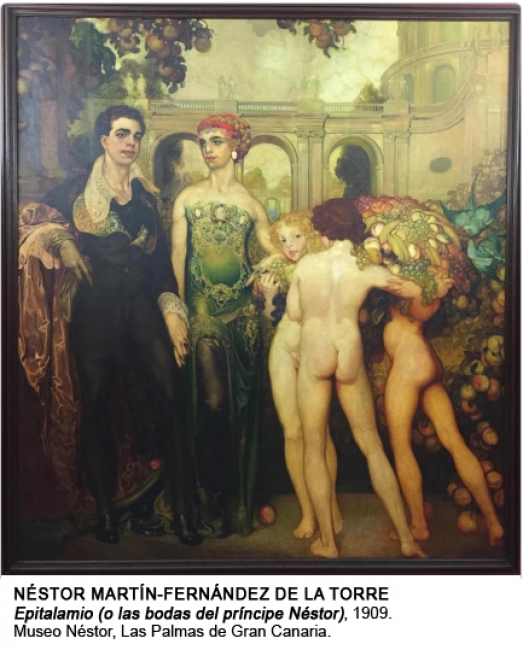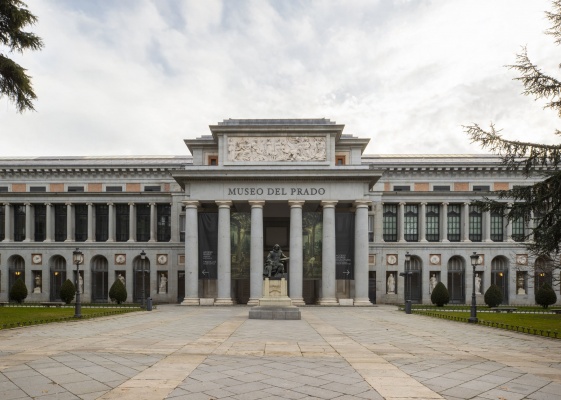Descripción de la Exposición
For the first time ever, the exhibit will feature key works dating from the 1980s to the 2000s.
Galeria Jaqueline Martins announces its second solo show by the artist, and the first to bring key artworks from the 1980s, 1990s, and 2000s in one single setting. The show will take up all three gallery floors, featuring photograph series as well as large-scale installations. During the past five decades, Regina Vater (Rio de Janeiro, 1943) developed a complex, sophisticated body of work where each piece lends shape to a questioning of the relationship between society, nature, and technol-ogy. This activist and transmedia artist has always woven up the poetical nature of her oeuvre in such a way as to highlight and honor ancestral myths and cosmologies that offer different approaches to time and nature, and ones that oppose mainstream Western/European discourse.
Regina Vater started her career in the arts in the 60s, and like many of her peers, her output developed in response to an environment of intense political polarization and constraints on autonomy and freedom of expression. Faced with this and concerned with the debasement of human relationships and social milieus, she made it her job to come up with novel forms of communication and collaboration, assuming a position that would culminate with micropolitical actions designed to restore social praxes and reconcile with nature.
Despite embracing the relational practice that the entire 70s generation swore by, Regina Vater set herself apart by valuing (and incorporating into the contemporary art debate since the late 70s) how indigenous and African mythologies had always taken on societal and environmental issues that would only begin to trouble Western cultures during the 20th century. Such inclusion, however, does not entail the superficial appropriation of images and symbols, but a tensioning of European and Amerindian elements in a contemporary art context.
Throughout her career, Regina Vater created more than a hundred large-scale installations. Some of them will be shown here for the first time since their original conception. According to the British art critic Guy Brett (deceased this year and a close friend of Regina’s): “In Regina’s installations, form follows this poetic license combined with a kind of ritualistic consecration of materials. There is a steady line which, in a way, can expand her healthy ‘not-in-the-right-place’ approach: she groups up materials as per poetic logic, not form-based logic.”
Extending far beyond mere superficial, aesthetic usage, the above-mentioned poetic, ritualistic logic reaffirms, in layers of meaning (like a detective story), Regina Vater’s deep respect and conceptual approach in picking the materials that inform her installations, thus connecting different cultures and worldviews.
Her work has recently been shown in individual shows at MASP São Paulo, MAC Niterói, Oi Futuro Flamengo and Centro Cultural Candido Mendes, in Rio de Janeiro. Vater also participated in important collective exhibitions, such as: Radical Women: Latin American Art 1960-1985, organized by the Hammer Museum, Los Angeles - with itinerancies through the Brooklyn Museum, NY and Pinacoteca do Estado, São Paulo, Feminist Avant-Garde of the 1970s, organized by the SAMMLUNG VERBUND Collection, ArteVida - Parque Lage, Rio de Janeiro, Subversive Practices - Kunstverein, Stuttgart and History of Sexualities - MASP - São Paulo.
Vater’s works belong to important collections, such as: MoMA (New York), Bibliothèque Nationale (Paris), SAMMLUNG VERBUND Collection (Vienna), Blanton Museum of Art (Austin, USA), San Antonio Museum of Art (Texas, USA), ArtPace Foundation (San Antonio, USA), Latin America Collection of the University of Essex (England), Marvin and Ruth Sackner Visual Poetry Archives (Miami), Long Beach Museum of Art (Los Angeles), CAYC - Centro de Artes Y Comunicación (Buenos Aires), Museum of Modern Art (Rio de Janeiro), Museum of Modern Art (São Paulo), Museu de Arte Contemporânea - USP (São Paulo) e Museu Nacional de Belas Artes (Rio de Janeiro).
On some of the artworks:
Large-scale installations include AmonAmen (1999), Oferenda ao Ancestral (1989), Lampião (2003), Golias (1981), and Cargo (1992). The latter is composed of cases reminiscent of export/import crates filled with colorful feathers, alluding to animal as much as culture trafficking. In the artist’s own words: “The geography of Earth itself has bred various and different cultures with survival techniques of their own, but as peoples grew closer among themselves through travel or colonialism, each civilization imported another one’s culture and vice versa.” The installation was designed as a critical take on the 500th anniversary of the discovery of America, in 1992.
Lampião (2003) features a circle of nine stones illuminated by a central lamp. On each stone, a piece of acrylic carries one word from a verse by the 11th-century Persian poet Al-Din Muhammad Hafiz (What we speak becomes the house we live in). In addition to revealing the importance of poetry in Vater’s work, this (like all her installations) reminds us of the symbolic relevance of stones and the circle, the wheel, in every religion and cosmology, since ancestral times.
In the Nature Mortes (1987-1992) photograph series, elements customarily depicted in European still-life paintings, such as porcelainware, crystalware, silverware, etc., are used as receptacles for “native” materials: indigenous feathers, shells, and animal hides. Apart from the exquisite beauty of the compositions in the series, the French title showcases the wordplay between this traditional classical painting theme and the literal meaning of “dead nature.” In doing so, it underscores the duality in evoking the bounty of nature alongside its murder through luxurious, wasteful consumption. In this sense, these are works that reaffirm what Roland Barthes and Susan Sontag pointed out regarding the death-photography relationship: “All photographs are memento mori, memories of something that has already disappeared”.

Premio. 11 abr de 2025 - 16 may de 2025 / Bilbao, Vizcaya, España
Ayudas 2025-26 para la realización de proyectos artísticos con cesión de estudio en Bilbao Arte

Exposición. 14 may de 2025 - 08 sep de 2025 / Museo Nacional Centro de Arte Reina Sofía (MNCARS) / Madrid, España

Formación. 30 oct de 2025 - 11 jun de 2026 / Museo Nacional del Prado / Madrid, España